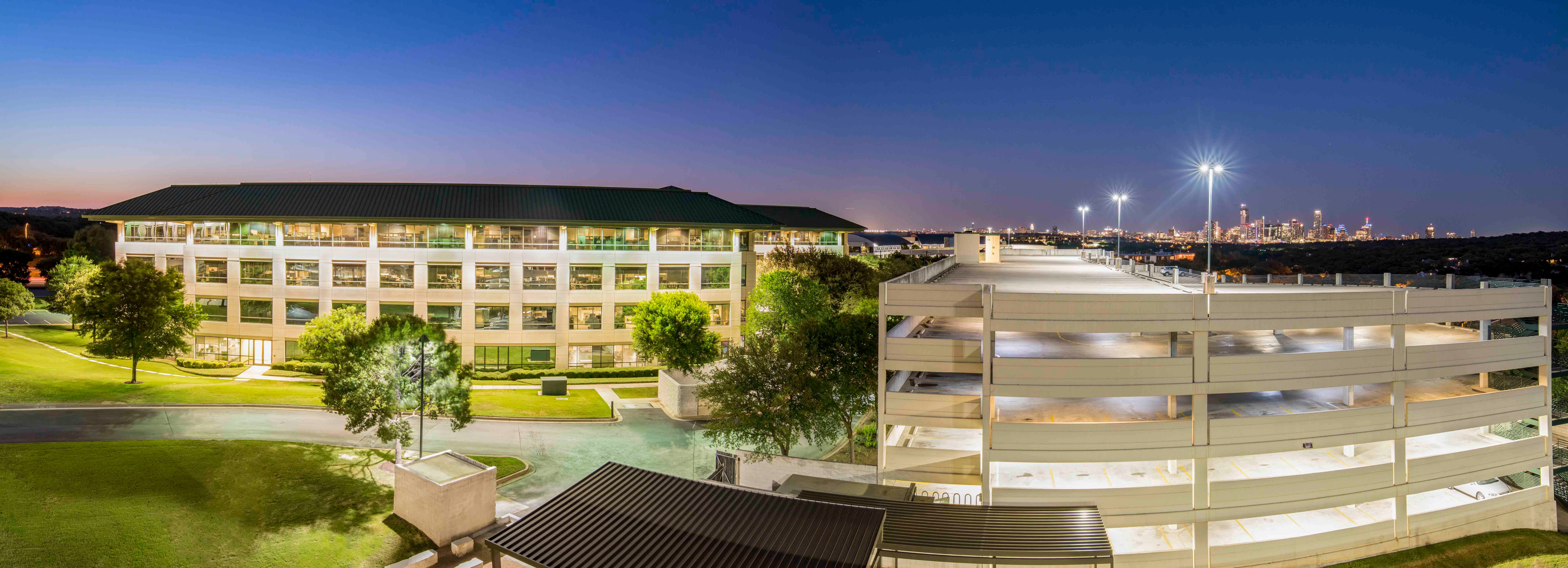 Venditti says the former drivers, university and government, are giving way to a more diverse city.
Venditti says the former drivers, university and government, are giving way to a more diverse city.
AUSTIN, TX—On the heels of the Army Futures Command selecting Austin as its new headquarters location, its biggest reorganization since 1973, was Apple's announcement that it will invest $1 billion to build a new complex in North Austin. Many factors help Austin rise to the top for a headquarters location such as proximity to STEM workers, industries, private sector innovation, academic STEM research and development investments. In addition, quality of life, cost of living and civic support were undoubtedly factors behind the decisions by these corporations and partnerships.
As the city continues its vast appeal, more signs of “why Austin?” continue to emerge. In this exclusive, Carey Gunn Venditti, partner and location head of DLA Piper's Austin real estate practice, recently shared insights on the allure of Austin beyond the traditional view of a university town/state capital.
“In the case of the Army Futures Command, this headquarters will be a partner for a steady source of income in funding startups, i.e., it will not be affected by the usual factors associated with downturns,” Venditti tells GlobeSt.com. “Military and federal contracting usually come out relatively unscathed in downturns.”
Venditti points to a combination of benefits that make Austin appealing, such as the outdoor lifestyle and affordability of this 18-hour city, and the young, educated and entrepreneurial population clamoring to be part of it. And, Austin's economy has been transformed from a state government and university-driven town to a fast-growing, emerging and diverse job hub for tech and innovation.
“In addition to low unemployment, these factors are in large part driving demand of Austin,” Venditti tells GlobeSt.com. “The former drivers, the university and state government, are giving way to a vibrant, diverse city led by a building boom of start-ups, restaurants, retail and housing. This ecosystem continues to feed off of itself.”
In addition to the low tax and regulation environment, the new federal tax bill effective January 1, 2018, has furthered Austin's appeal for residents and employees, dramatically increasing its population growth rate and impacting the local real estate market, she points out.
“Many new residents are viewing a move to Austin, with its low unemployment, diversified economy, $10,000 cap on tax deductions, rapid job growth and laid-back vibe, not only as a lifestyle choice, but a choice that also comes along with an automatic 'raise' for people coming from higher tax states like New York or California,” Venditti tells GlobeSt.com.
Subsequently, the tax bill has spurred private capital investments interest in Austin area Opportunity Zones. There are some 30 communities in Austin that have been deemed Opportunity Zones of the 600 such communities within the state, GlobeSt.com learns.
According to CBRE's 2018 Tech 30 report, Austin continues to rank highly for tech industry market growth. Most notably, tech software and services jobs now make up approximately 25% of all office-using jobs, up from just 16% in 2011. Austin is also considered a US growth leader market due to its overall tight office market and high potential for job strength in the tech industry.
“What this research shows is that tech is driving a tight, competitive office market here in Austin,” says Troy Holme, executive vice president at CBRE in Austin. “Large tech firms now make up the top users in Austin's CBD and they are still expanding. We expect the percentage of office-using jobs from the tech sector to continue to rise.”
This increase in office-using jobs from the tech industry correlates to Austin's ranking as number six among the Tech-30 markets for overall office net absorption growth.
“One of the unique aspects of the Austin market is that the office sector development cycle this time around has been very controlled,” continues Holme. “Despite high demand, we are not seeing much office space being built on spec. Instead, office developments often have a pre-leasing commitment of 20 to 50% leased before they break ground and are at stability or 90 to 100% leased when they deliver to the market. In this environment, as landlords continue to do well, they keep pushing the envelope of higher rents and fewer concessions.”
Indeed, long-term predictions show a growth plateau in the commercial real estate market. This well thought-out and paced development keeps a check on overbuilding, Venditti concludes.
© Touchpoint Markets, All Rights Reserved. Request academic re-use from www.copyright.com. All other uses, submit a request to [email protected]. For more inforrmation visit Asset & Logo Licensing.







